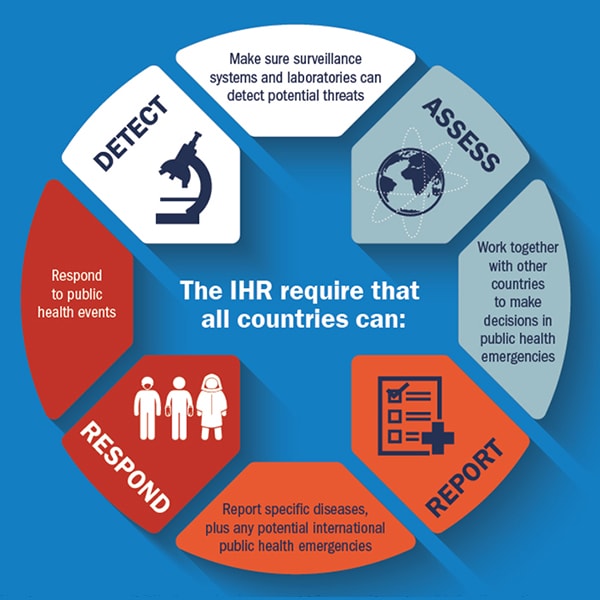The Development Of RA: Stages Of Rheumatoid Arthritis

Article Composed By-Waller Stefansen
If you're handling rheumatoid arthritis, comprehending just how it proceeds is important. The trip typically starts with refined symptoms that can easily be forgotten. As time takes place, those signs progress, affecting your life in means you might not expect. It is essential to recognize these stages to handle your condition efficiently. So, what can you expect as RA advancements, and exactly how can you plan for each step?
Beginning Symptoms and Medical Diagnosis
When you initially notice persistent joint discomfort or rigidity, it might be easy to disregard it as just a part of aging or overexertion. Nonetheless, these early signs and symptoms can indicate rheumatoid arthritis (RA).
You might experience swelling, heat, and inflammation in your joints, especially in the hands and feet. Morning rigidity lasting more than an hour is another common indicator.
It's vital to take note of these signs, as early medical diagnosis can considerably impact your treatment options. If you think RA, consult your doctor for a detailed examination.
Blood tests measuring inflammation pens and rheumatoid factor can assist in detecting the problem. Functional Nutrition Interventions enables you to take care of symptoms much better and slows down the progression of the illness.
Moderate Phase Attributes and Monitoring
As rheumatoid arthritis advances to the moderate stage, you may notice enhanced joint damages and a better impact on your daily life.
You may experience extra frequent pain and tightness, specifically in the morning. Swelling could be more noticable, impacting your capacity to do everyday jobs.
It's essential to handle these symptoms proactively. Your medical professional might suggest a mix of medicines, consisting of disease-modifying antirheumatic medications (DMARDs) and nonsteroidal anti-inflammatory medications (NSAIDs) to aid control inflammation and pain.
Physical therapy can additionally play a crucial role in preserving flexibility and toughness. Integrating mild workouts, like swimming or yoga, can enhance your overall health.
Remaining mindful of your body's signals and making necessary adjustments will assist you browse this phase effectively.
Advanced Phase Effects and Treatment Choices
In the advanced phase of rheumatoid arthritis, joint damages may end up being significant, leading to lowered mobility and increased discomfort.
You could locate day-to-day tasks challenging, impacting your quality of life. It's vital to function very closely with your doctor to check out therapy alternatives.
Familial Mediterranean Fever -modifying antirheumatic medicines (DMARDs) can assist slow development, while biologics target details paths to lower inflammation.
Pain administration strategies, including nonsteroidal anti-inflammatory drugs (NSAIDs) and corticosteroids, can minimize pain.
Physical treatment can boost flexibility and stamina. In addition, way of living modifications, like a well balanced diet and regular workout, can boost your general well-being.
Do not be reluctant to discuss any kind of interest in your medical professional; very early intervention can make a significant distinction in handling signs and keeping function.
Final thought
Finally, recognizing exactly how rheumatoid arthritis advances is critical for managing your signs efficiently. By identifying very early signs, you can look for timely diagnosis and therapy, potentially slowing down the disease's innovation. As RA proceeds to moderate and advanced phases, staying proactive with medication, physical therapy, and way of life adjustments becomes important. You're not alone in this journey; assistance is offered to assist you preserve your lifestyle and handle the difficulties that featured RA.

